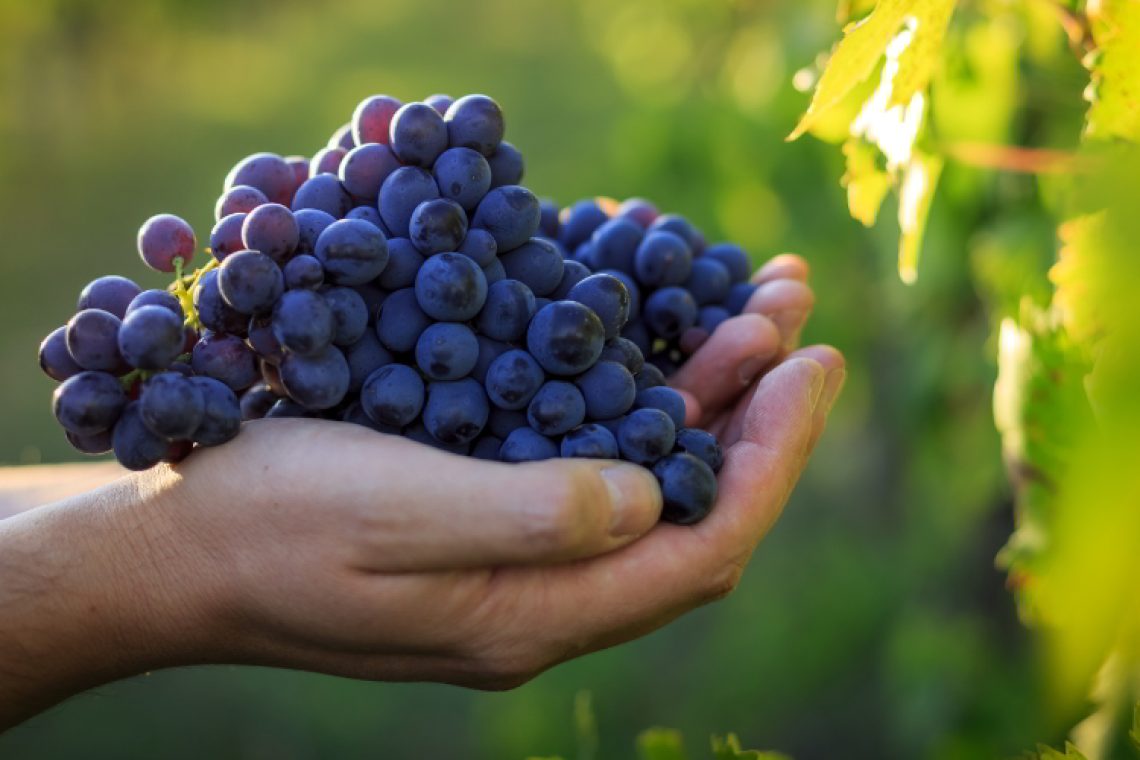Fifty years ago, the Luxembourg wine industry was set up completely differently than it is today. In 1970, for example, when vast quantities of grapes were harvested, the simple varieties Elbling and Rivaner still very much dominated the vineyards, accounting for more than 85 percent of all varieties grown. In such years, as well as later for example in the 1982 vintage, quantity went before quality: 225 hectolitres per hectare were harvested at that time, and in 1989 and even in 1992 the harvest was still quite abundant with 189 and 201 hl/ha respectively.
More quality
But in the 1980s, the winegrowers had already begun to raise the quality bar and to reduce the harvest of the noble varieties, first and foremost Riesling, but also Auxerrois, Pinot Blanc and Pinot Gris. This was accompanied by the introduction in 1991 of the Crémant de Luxembourg, for which only grapes from Luxembourg vineyards may be used.
The momentum generated by the new sparkling wine benefited the still wines, which over time became of higher quality and the best of which increasingly tasted much more concentrated, precise and typical of the vineyard. At that time, Pinot Gris also became more and more popular, the variety became a crowd pleaser, and gradually the basic varieties Elbling and Rivaner lost importance.
New grape varieties
In the 1990s, winegrowers also began to cultivate grape varieties that had hardly played a role in Luxembourg until then. In 1994, Pinot Noir was harvested for the first time (1600 hectolitres), and in 1997 the first Chardonnay grapes were pressed (230 hectolitres). Over time, both varieties were to develop into classic, typical Luxembourg grape varieties – 2018 is considered the record year to date for both Burgundy varieties, with 9578 and 2860 hectolitres respectively. The share of these varieties in the total area of vineyards between Schengen and Wasserbillig is correspondingly large: Pinot Noir now occupies 10.5 percent of the area, while Chardonnay already accounts for 5 percent.
As these modern varieties have been able to spread, the area planted with various grape varieties has decreased. This is especially true for Elbling and Rivaner, but also for Riesling, which today occupies less area than in 1992.
Incidentally, the total area between Schengen and Wasserbillig is just under 1260 hectares of vines in production.
Exotic grapes
In addition to these classic or traditional grape varieties, some winegrowers press various grapes that are at home in other winegrowing regions: Muscat Ottonel, Sauvignon, Sylvaner, Wurzer or even Gamay. The quantities are usually small, and the juices of these grapes are processed as pure varietal wines or used for blending with other varieties, as white wine cuvées, as rosés or as crémants. Pinot Meunier, an important variety in Champagne, is also very suitable for crémant production, but so far only a few producers have planted this interesting variety.
Recently, Luxembourg’s winegrowers have also been focusing on grape varieties that until recently one would not have expected to find in Luxembourg, such as Merlot or Tempranillo. Climate change is helping these southern varieties to ripen in our latitudes as well, so far only in sunny vintages like 2022, but the potential is undoubtedly there. The planted vineyard area is still very small, but some winegrowers have planted their vineyards with these exotics, which will probably cease to be such at some point, as has happened with Chardonnay and Pinot Noir.
Very resistant
In addition to all these varieties, many others are permitted in Luxembourg, and various ones are now part of the standard range at some winegrowers. Often these are so-called PiWis. The term stands for fungus-resistant grape varieties that have a particularly strong resistance to common vine diseases – these are mainly powdery mildew, downy mildew, oidium and peronospora. Both were imported from America with wild grapevines in the 19th century. PiWis hardly need any plant protection – a real advantage over classic, susceptible varieties such as Pinot Gris. Incidentally, it takes about 20 years to breed a new grape variety until it is approved. The taste of these new varieties is debatable, but some, such as Cabernet Blanc, produce attractive, distinctly aromatic wines in good years.
The PiWi varieties cultivated in Luxembourg so far also include the white wine varieties Solaris and Merzling, as well as the red wine varieties Pinotin and Regent.
Further articles
















